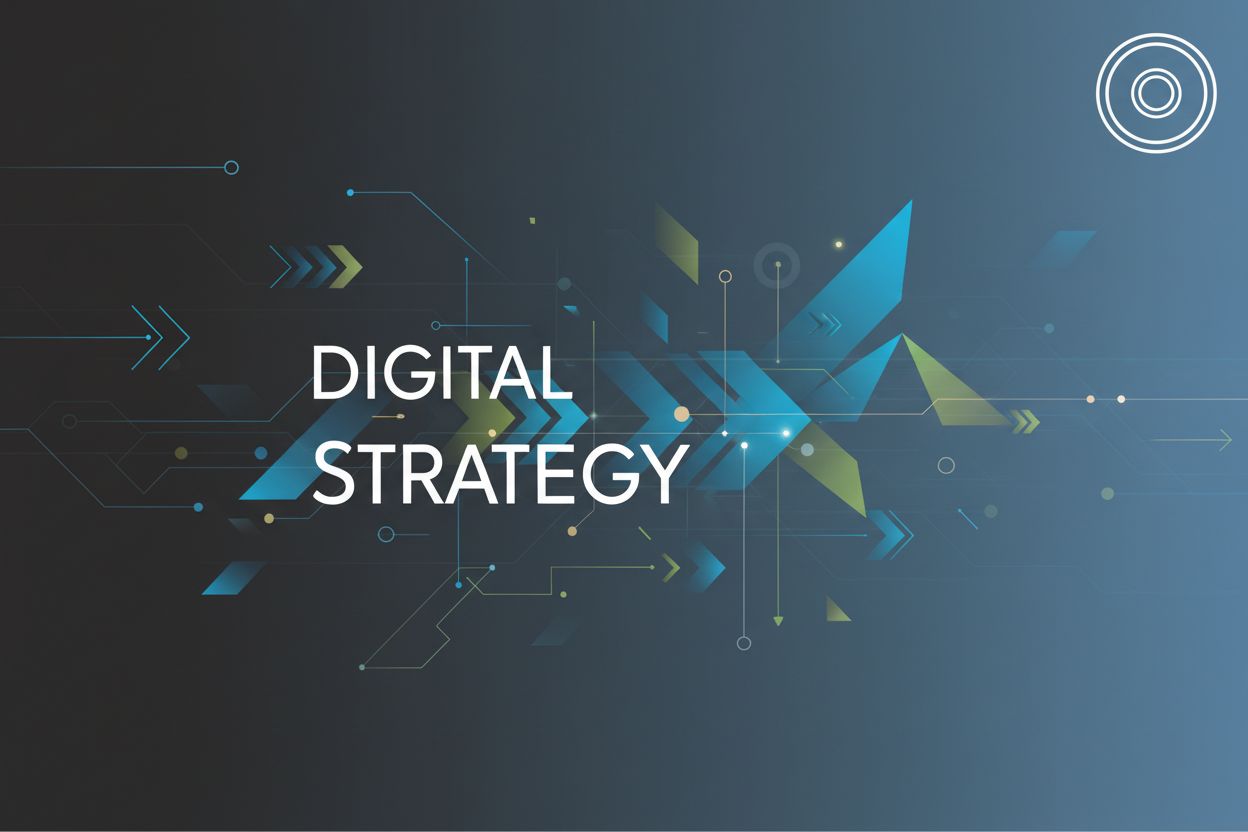Designing for Metaverse Brand Experiences
TL;DR
Understanding the Metaverse Landscape for Brands
Okay, so, the metaverse. It's like, the buzzword right now, right? But what is it, really? And why should brands even bother? Let's break it down, without all the crazy hype, yeah?
Defining the metaverse beyond the hype: It's not just vr headsets and avatars, okay? Think of it more like, a persistent, shared digital world. it's a space where digital and physical realities kinda... merge. It's evolving, not a finished product.
Key characteristics: Persistence, immersion, social interaction. Persistence means it keeps going, even when you're not "there." Immersion is about feeling present, and social interaction, well, that's how you connect with others.
Different types of metaverse platforms (e.g., gaming, social, enterprise). You got your gaming metaverses like, roblox or fortnite, social ones like vrchat, and then there's enterprise stuff for meetings and collaboration. each one is different, and you gotta understand the nuances.
Reaching new audiences and demographics. Gen Z and Alpha are basically growing up in these spaces. if you wanna connect with 'em, you gotta be where they are.
Creating unique and memorable brand experiences. Forget boring ads! the metaverse lets you create interactive experiences, like virtual stores or branded games.
Building brand loyalty and community. Think of it like, a digital clubhouse for your customers. you can host events, offer exclusive content, and build a real sense of community.
Exploring new revenue streams and business models. selling virtual goods, offering subscriptions, or even hosting virtual events... there's a lot of potential to make money in new ways.
Navigating the fragmented metaverse landscape. There isn't just one metaverse. it's a bunch of different platforms, all with their own rules and audiences.
Ensuring brand safety and reputation. You gotta protect your brand from, uh, not-so-great content or interactions. moderation is key!
Measuring roi and effectiveness. How do you know if your metaverse stuff is actually working? you need to track the right metrics, like engagement, brand awareness, and sales.
Addressing ethical and privacy concerns. Data privacy is a big deal, especially with all the personal info floating around in these spaces.
So, yeah, the metaverse is kinda messy and complicated, but it's also full of potential.
Next up, we'll be diving deeper into why brands should care about the metaverse and what opportunities it presents.
Key Principles for Designing Metaverse Brand Experiences
Did you know that users retain only about 10% of information after three days if it's only presented verbally, but adding visuals can bump that up to 65%? Makes you think about how we're designing these metaverse experiences, right? Let's dive into making sure those interactions are actually, well, engaging.
It's gotta be easy, right? No one wants to struggle to figure out how to do stuff in a virtual world.
- Simplify Navigation: Think about how people move around in the real world, and try to mirror that. Clear pathways, obvious landmarks, and easy-to-find menus are key. If it's clunky, people are gonna bounce, hard.
- Provide Clear Instructions: Don't assume everyone knows what to do. Use tooltips, tutorials, and in-world guides to help users find their way. even better, make it interactive!
- Offer Customization: Let users tweak the interface to suit their needs. Maybe they want bigger buttons, different color schemes, or a simplified view. giving them control is always a good idea.
Avatars aren't just for show, you know. They're how people do things in the metaverse.
- Avatar Customization: Let users express themselves! Offer a wide range of options for customizing avatars, from clothing and accessories to hairstyles and body types. The more options, the better the connection.
- Spatial Audio: Use spatial audio to create a more immersive experience. Sounds should come from the direction they're supposed to, making the environment feel more realistic. It's like, a subtle but powerful thing.
- Gesture Recognition: Explore using gestures to trigger actions. Imagine waving your hand to open a menu, or pointing to select an object. It's more natural than clicking a button.
Who doesn't love a good game? adding game elements can keep users hooked.
- Points and Badges: Award points for completing tasks, exploring the environment, or interacting with other users. Badges can be used to recognize achievements and show off status.
- Leaderboards: Create leaderboards to foster competition and encourage users to strive for more. just, you know, keep it friendly.
- Challenges and Quests: Offer challenges and quests to give users a sense of purpose. These could be anything from finding hidden objects to completing a series of tasks.
Let's not leave anyone out, okay? Accessibility is super important.
- Captioning and Transcripts: Provide captions for all audio content and transcripts for videos. This helps users who are deaf or hard of hearing.
- Alternative Input Methods: Support alternative input methods, such as voice control and eye tracking. This makes the metaverse accessible to users with disabilities.
- Customizable Controls: Allow users to customize controls to suit their needs. This includes remapping buttons, adjusting sensitivity, and enabling assistive technologies.
So, designing engaging metaverse experiences is all about making it easy, fun, and accessible for everyone. Next up, we'll look at how to craft immersive brand storytelling in these new digital worlds.
Practical Considerations: Technology, Platforms, and Measurement
Okay, so you've got killer metaverse experiences designed, right? But how do you make sure it actually, like, works? That's where tech, platforms, and measurement come in, and it can get pretty messy, pretty fast.
Choosing the Right Metaverse Platforms: It's not a "one-metaverse-fits-all" kinda thing. You gotta figure out where your audience actually hangs out. Is it Roblox? Decentraland? Horizon Worlds? Each platform has, you know, different demographics and vibes. You need to aligned with your brand values and objectives.
Leveraging Metaverse Technologies: vr/ar is the obvious one, making things immersive. But don't sleep on blockchain for, like, secure digital assets, or ai for personalized experiences. Integrating these isn't always easy, so make sure you have the right team (or agency) in place.
Measuring the roi of Metaverse Brand Experiences: This is where it gets tricky. What does "success" even look like? Is it brand awareness? Sales? Engagement? You need kpis, people! Track user behavior, and don't be afraid to tweak things as you go.
Think about a healthcare provider creating a vr experience to help patients understand a complex surgery. Or a financial institution using a metaverse space for secure, interactive financial planning sessions. The possibilities are pretty wild, if you ask me.
So, yeah, getting the tech and measurement right is crucial, but it's not the whole story. Next up, we'll be diving into crafting immersive brand storytelling in these new digital worlds.
Examples of Successful Metaverse Brand Experiences
Okay, so, we've talked a lot about why and how, right? But what does this actually look like in the wild? Let's peek at a some real-world examples to get a feel for it.
- Some brands are using metaverse platforms to create immersive shopping experiences. It's like, stepping into a store without leaving your couch. Imagine trying on clothes with your avatar or exploring a virtual showroom.
- Other are leveraging branded games and challenges to engage users. Think of it as advergames but, like, way more immersive. These games can boost brand awareness and foster community – if they're actually fun, of course.
- Then there's the virtual events and conferences. Forget boring webinars! the metaverse lets you create interactive events, where attendees can network, attend sessions, and explore virtual booths.
According to a 2023 report by McKinsey & Company, brands that actively engage in the metaverse see, on average, a 15% increase in brand affinity. Engaging experiences are a plus.
So, what's the takeaway here? The metaverse isn't just a fad. It's a new frontier for brand experiences, but only if you approach it thoughtfully, is what i think.






